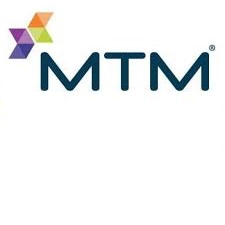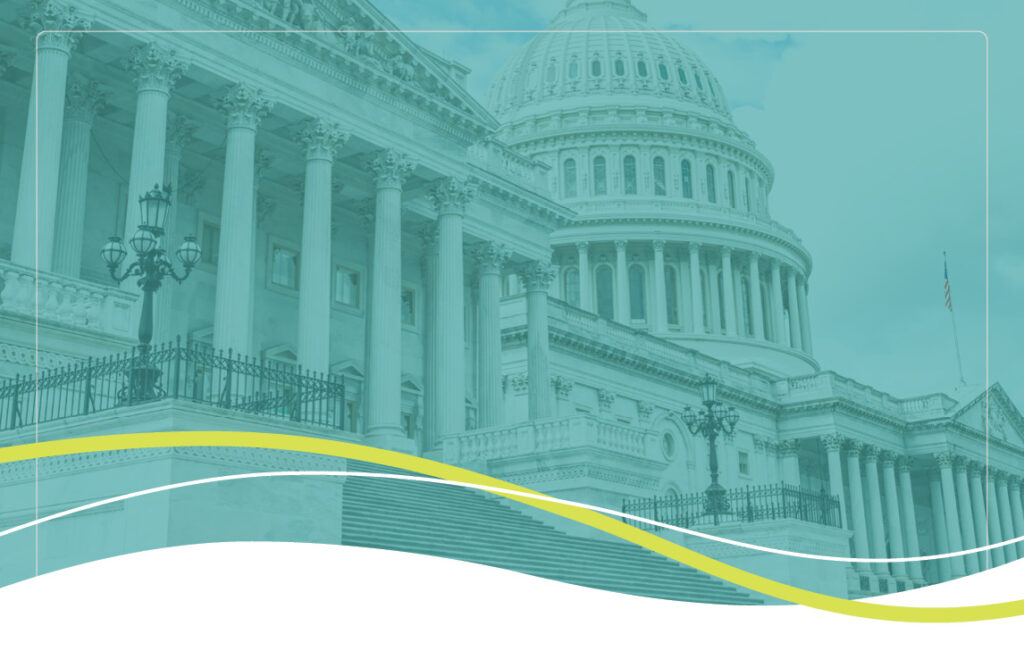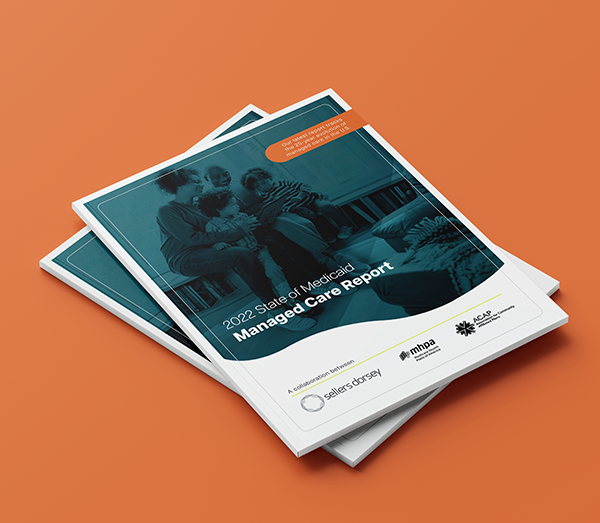Addressing Transportation Challenges to Improve Health Outcomes: A Conversation with MTM

Lack of safe and reliable access to transportation can pose a significant hurdle to obtaining necessary medical care. According to the American Hospital Association, transportation issues prevent 3.6 million people in the United States from obtaining medical care each year. Without this care, people run the risk of exacerbating chronic issues and missing critical preventative care that can improve long-term well-being.
With ample evidence of how transportation issues can impact health, Medicaid is becoming a solution for more states looking to cover transportation for non-emergency medical needs. Companies like MTM, Inc., a non-emergency medical transportation company that partners with health insurance plans to provide covered rides for members, ensure individuals can attend treatment for opioid abuse, among other needs. Through work with New Hope Behavioral Health Center in Mesa, Arizona, MTM has helped expand the safety net of care for local communities, ensuring that lack of access to transportation doesn’t prohibit patients from seeking critical treatment and relapsing.
Sellers Dorsey recently sat down with MTM to discuss their work on addressing transportation challenges, both medical and non-medical, and how Medicaid beneficiaries can utilize available transportation resources to improve their overall health.
Q: What is the biggest challenge you’ve faced as you work to address transportation challenges?
MTM: One of the biggest challenges we’ve faced at MTM is ensuring that Medicaid members know that they may be eligible for transportation to their healthcare appointments and understand how to schedule rides. After all, our services can’t help them if they don’t even know they are available. By nature, the Medicaid population is often transient. They tend to move frequently, and our clients don’t always have their latest addresses when it comes time to mail notifications about transportation availability. Additionally, phone numbers and email addresses aren’t always reliable. A significant portion of Medicaid members tend to use pay by the minute/disposable phones, and their contact information may change frequently. We’ve had to be creative in our communication approaches to ensure they know what kind of rides they may be eligible for and how to contact MTM to schedule those rides.
An additional challenge we have seen revolves around working with our clients to introduce non-medical ride coverage. At MTM, we see how access to medical care via reliable transportation can improve health outcomes. The impact transportation can have on access to other services in the community, like employment, education, church, healthy food sources, social outings, and more, is no different. When our clients cover non-medical trips, even if it is a limited number annually, we see great improvements to members’ mental and physical health.
Q: With a nod to ‘right place, right time, right approach’, what’s the smartest point-of-entry to address these issues? Where do you start?
MTM: We focus on grassroots efforts in the community. In every major market we serve, we have a Community Outreach team on the ground during new program implementations. This team visits medical facilities, hospitals, nursing homes, etc. to educate staff on our services. Not only does this help facility staff understand how to schedule rides for their patients, but it also allows us to leverage these resources to spread the word to members we may be unable to reach via mail, email, or phone. We leave behind brochures and fliers in medical facilities to ensure patients have access to resources that inform them about NEMT.
Then, when members contact us to schedule rides, we are often able to provide an additional value add to our clients in helping them update their membership’s contact information. We have a direct line of communication with these members and can update mailing addresses and phone numbers in our files to transmit to our clients. This is particularly important as we approach the end of the COVID-19 Public Health Emergency and the impending Medicaid redetermination process. Our clients need to be able to reach their Medicaid members to ensure they know how to renew their eligibility, and we are able to provide a feed of regularly updated data.
Q: What obstacles have you encountered along the way?
MTM: The COVID-19 pandemic and the competitiveness of our current job market have reduced transportation resource availability in many areas. The pandemic pushed small mom and pop transportation providers out of business as competition for drivers; increasing wages; rising fuel, insurance, and vehicle costs; and overall inflationary pressures made it difficult for them to maintain operations. These challenges, paired with a growing population of Medicaid- and Medicare-eligible members who have higher service level expectations and the desire for on-demand service availability, are making the traditional NEMT model unsustainable long-term. We need to think differently about how we deliver NEMT, which is where our flexible fleet approach—spearheaded by our Independent Driver Provider (IDP) model—comes in. IDPs are the NEMT industry’s only network of healthcare-credentialed, independently contracted drivers. Through this network, we are able to deliver a model similar to that of other TNCs. This model optimizes vehicle supply and is rapidly flexible to accommodate spikes in trip volume while never sacrificing service quality.
Q: Where has your organization made the biggest investment to tackle these mission critical challenges? And where do you feel you’ve made the biggest impact?
MTM: MTM has made large investments in our technology, specifically our MTM Link platform. We custom-built the MTM Link platform to create easy-to-use NEMT technology that makes it easier for members to schedule rides. The platform offers self-service tools for all stakeholders, including web portals and mobile apps that allow members and medical facilities to book trips when it is most convenient for them. These tools also allow members to monitor driver ETA, because drivers are integrated with the platform via GPS, and receive real-time updates such as imminent arrival notifications.
We also built MTM Link to be service agnostic, which allows us to support and coordinate other services that improve SDOH outcomes. Specifically, we’re developing a product that will allow us to better serve aging and fragile populations that need better connections to supportive services. At present, more than 30 million adults assist their aging parents or relatives with things like transportation, grocery shopping, cleaning, personal care, and more. MTM has created a new product called Wanda, built on the MTM Link system, that offers a platform of vetted, reputable service providers that can help with these tasks. Caregivers will no longer have to worry about how their loved one will receive their next meal if they aren’t around, because they will be able to schedule meal or grocery delivery via Wanda.
Bonus Question – How do you measure impact. What metrics do you look at to see if you’ve moved the needle the way you had planned?
MTM: We are continually working with our clients to determine how transportation impacts their overall healthcare spending and care outcome trends. Overall, we’ve found that the average cost of care is significantly lower when NEMT is utilized. Moreover, we see that minorities utilize NEMT services at much lower rates than white members. When analyzing one client’s data, we saw that 57.7% of NEMT-eligible members identified as minorities, but only 37.6% of actual NEMT utilizers came from a minority population. Meanwhile, 42.3% of NEMT-eligible members said they were white, but 62.4% of actual utilizers were white. This has challenged us to look closely at how we educate members on the NEMT benefit.
However, we can only look at the impact of NEMT on cost of care when payors are willing to share their outcomes data with us. When we have a collaborative client who is open to sharing their data, we can help them ensure we are making an impact. This is incredibly important when we think about healthcare access. We want to ensure all members—no matter their nationality, ethnicity, sexual orientation, or area of residence—to have equal access to our services.
Looking to learn more about social determinants of health? Check out our insights on food security and housing!
Click here to read our food security Q&A.
Click here to read our housing Q&A.





